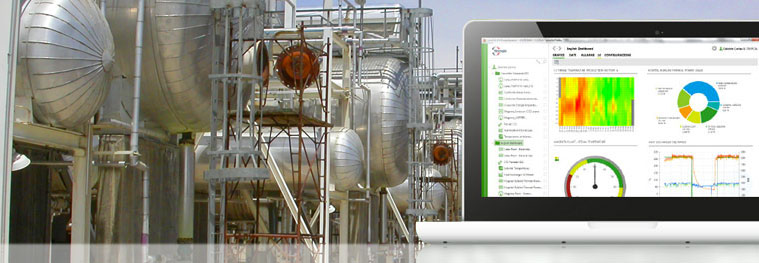 According to the CIA World Factbook, every year an electric energy amount over 17,000 TWh is being used worldwide. Approximately the 27% of this energy is consumed by the industry, that anyway wastes about 15% of it due to inefficiencies of the production plants. Therefore, a huge saving of 700 TWh could be possible by simply eliminating wastes and by optimizing the existing plants.
According to the CIA World Factbook, every year an electric energy amount over 17,000 TWh is being used worldwide. Approximately the 27% of this energy is consumed by the industry, that anyway wastes about 15% of it due to inefficiencies of the production plants. Therefore, a huge saving of 700 TWh could be possible by simply eliminating wastes and by optimizing the existing plants.
On its side, EIA (Energy Information Administration) forecasts an increase of the worldwide consumptions in the manufacturing area of 44 percent between 2006 and 2030. The simple volume of unexploited saving chances is impressive. According to the recent McKinsey & Company report ‘Unlocking Energy Efficiency in the U.S. Economy’, “the industrial sector offers 3.650 trillions of BTU for the final use in terms of energy efficiency, equivalent to the 18 percent of energy consumptions forecasted for 2020”. In other words: to reduce wastes is equivalend to find new, important oil fields.
To-day, therefore, the energy efficiency is a strategic factor for every single company, that has to afford constantly increasing costs and standards for the reduction of greenhouse gas emissions. And the energy saving has become a primary target also for manufacturing and process industries that don’t use specially high amounts of energy. To keep productivity high and, in the meantime, to responsibly act in the environment becomes a factor that can improve competitiveness. In this context, an important role can ne played by automation.






